Naza-Brabus Motor has acted quick in introducing the new Brabus A200 almost immediately after Mercedes-Benz Malaysia launched the new A-Class here at the end of last month. The Brabus A200 – essentially a Mercedes-Benz A200 with a Brabus kit – is priced at RM218,888, a RM20k premium over the regular A200’s price of RM198,888.
The Brabus kit is called the Brabus Aerodynamics Design package, and includes a Brabus front spoiler, a Brabus rear diffuser, a Brabus quad sports exhaust system, Brabus entrance panels with illuminated Brabus logo, Brabus aluminium sport pedals, Brabus door lock pins, and finally the customary Brabus logos on the bonnet and on the tailgate, replacing the Mercedes-Benz star.
The car you see here at this weekend’s roadshow at Setia City Mall also includes the optional Brabus rear roof spoiler (RM3,800), Brabus aluminium race shift pedals (RM3,500), and Brabus Monoblock wheels. You’ll notice that the car is wearing two different Monoblock wheel designs – both of them are 19 inches in size and they go for RM19,200 for a set of four not including tyres.
The Brabus kit will be one option to spice up the A200, which looks tame next to the A250 which already looks sporty when it rolls out of the showroom floor. Read our review of the A-Class here.
Looking to sell your car? Sell it with Carro.

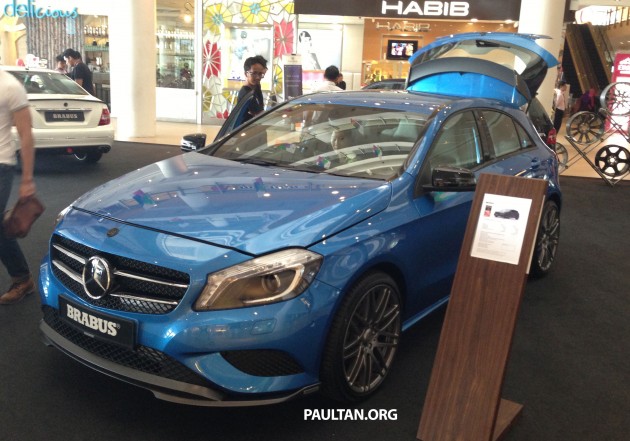
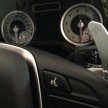
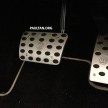

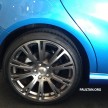
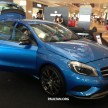
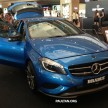

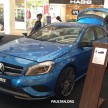
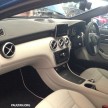
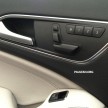
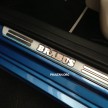



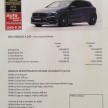
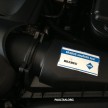
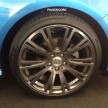
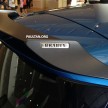

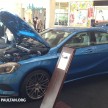













































AI-generated Summary ✨
Comments on the blog post about the Brabus A-Class highlight varied sentiments. Many enthusiasts criticize the car’s high cost relative to its performance, viewing it as an overpriced cosmetic upgrade rather than a true performance vehicle. Some express dissatisfaction with the AP system, blaming it for economic issues and supporting local automotive industries like Naza and Proton, while others criticize Brabus Malaysia’s management and its association with cronyism. Several commenters compare the A200 to more affordable or more powerful cars like the Mazda 3, Vios, and Megane, often favoring those options for value or performance. Supporters of Naza emphasize their success through AP and domestic contributions, though critics see APs as harming local industry and creating inequality. Overall, reactions range from admiration of the car’s aesthetics to skepticism about its value and the broader automotive policies.